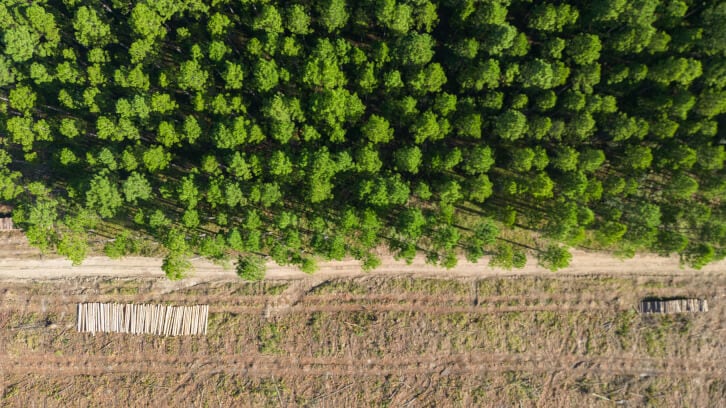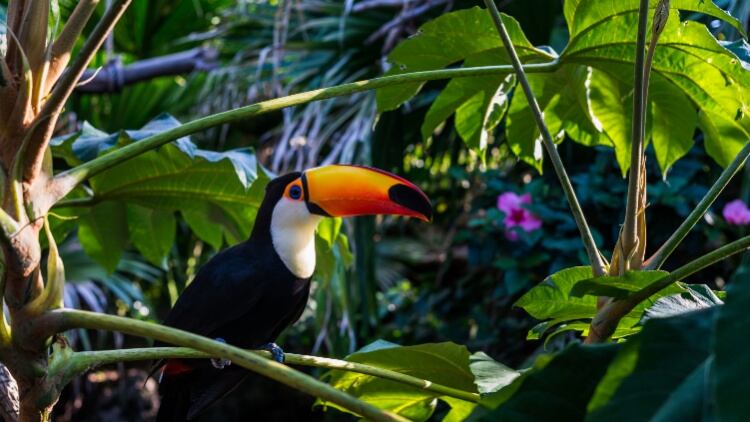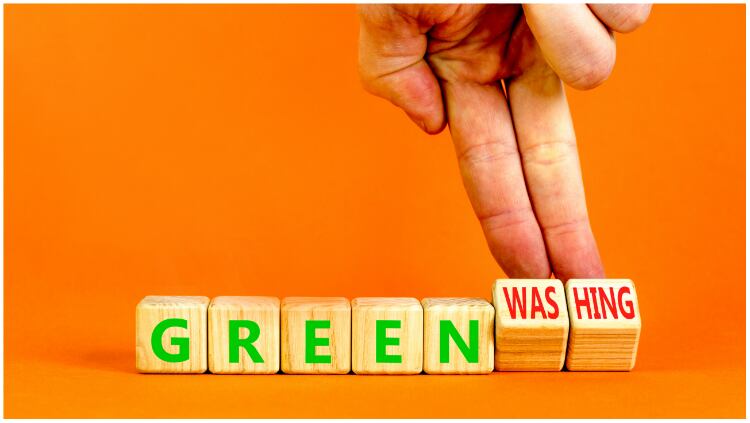A recent Joint Task Force (JTF) meeting between the EU, Indonesia and Malaysia showed promise for cooperation between commodity exports. However, Palm Oil Monitor, which specialises in analysis to the global palm oil debate, has said sources suggested there was friction during the discussions, specifically around the topic of benchmarking.
What do the EUDR regulations mean?
It’s predicted that an area larger than the EU was lost to deforestation between 1990 and 2020, with EU consumption accounting for an approximate 10% of losses. In response, June saw the introduction of the EU Anti-Deforestation Regulation (EUDR) – mandating companies trading with EU members states/within the bloc to provide evidence that their products do not contribute to deforestation. These regulations will be applicable as of 30 December 2024 and deals with specific commodities.
The products covered by the new legislation comprise cattle, cocoa, coffee, palm-oil, soya and wood, including products that contain, have been fed with, or have been made using these commodities – for example leather. Following further negotiations commodities such as rubber, charcoal, printed paper products, and an array of palm oil derivatives were also added to the list. The EU has said this list will be reviewed and updated.
European Parliament also secured a wider definition of forest degradation that includes the conversion of primary forests or naturally regenerating forests into plantation forests or into other wooded land.
As a result of this new law, companies must ensure their products are legal and not linked to land that has been deforested or degraded after 31 December 2020.
What is EUDR benchmarking?
Against the benchmarks set out by the EU, countries are marked either as ‘high’, ‘standard’ or ‘low’ risk.
Products from countries deemed as ‘low risk’ will undergo a simplified due diligence process. The amount of checks performed on operators is in line with the country’s risk level: 9% for high-risk countries, 3% for standard-risk and 1% for low-risk.
In line with the regulation, the EU Commission will consider three factors:
- The rate of deforestation and degradation.
- The rate of expansion of agriculture land for relevant commodities.
- Production trends of relevant commodities and products.
But the EU will also consider other information from, for example, the country concerned, other stakeholders, any bilateral cooperation on forestry, and land tenure issues.
Concerns from countries around EUDR
However, according to Palm Oil Monitor, the EU has recently attempted to exclude this topic from JTF discussions.
Although the meeting agreed to the Terms of Reference for the work of the Ad Hoc JTF that include work on issues such as the inclusivity of smallholders in the supply chain, relevant national certification schemes and protection of data, the discussion around benchmarking was limited.
The issue with that is that there are concerns with the methodology behind the benchmarking (which is under development) and whether this is taking into account recent measures implemented by countries to reduce deforestation.
In a recent JTF meeting, both Malaysia and Indonesia argued that it was essential to address their worries around the regulation.
The concern from the two countries is that palm oil is no longer a major driver of deforestation and therefore Brussels should be careful in trying to implement the regulations. For example, according to the World Resources Institute (WRI), Indonesia and Malaysia have reduced their primary forest loss by 64% and 57% respectively.
From a data perspective, this gives Indonesia a good argument for it to be considered a lower risk country.
According to Palm Oil Monitor, the EU said at the initial JTF meeting that it would not share the methodology or commit to transparency.
“Sources tell us that the EU committed to essentially nothing beyond sharing information about technical compliance efforts,” revealed Palm Oil Monitor.
Fears over benchmarking have been raised by several countries now. As flagged in meeting minutes from the World Trade Organization (WTO) almost 12 months ago, Brazil and Argentina also raised questions about how benchmarking would work.
“Brazil considers that the benchmarking system is discriminatory and distorts trade,” the minutes read. “The proposed country benchmarking system, with its tiered classification, will not contribute to fighting deforestation and forest degradation. On the contrary, it will only promote trade diversion in favour of highly subsidized producers.”
It continued: “The proposed regulation and, more specifically, the benchmarking system, appear to be inherently discriminatory, with the potential to severely limit and distort trade. Furthermore, a significant number of other provisions contain elements of arbitrariness and discrimination, ranging from the scope of the measure to the monitoring and enforcement mechanisms set out in it.”
While Argentina reportedly said it shared “Indonesia's concern” about the classification of countries according to an alleged "risk of deforestation".
Is disruption on the horizon?
Commenting further, Anna Doherty, senior trade and customs specialist at the Institute of Export and International Trade said: “The mechanism for benchmarking is not yet known and the Commission has up to 18 months to publish these classifications. Since large businesses also have the same timeline to comply with the rules, they might not find out which category a trade partner falls into until just before the laws kick in, which can be disruptive for supply chains.
“We expect the EU to engage with industry and affected countries, but this benchmarking process and the methodology behind it will be important. A country being classified as high-risk would mean increased compliance requirements both for operators and customs authorities and could represent a trade barrier. It also might place smaller producers at a disadvantage, as they often don’t have the infrastructure to comply with some requirements and the same ability as larger partners to shift trade.”
Palm Oil believes that if the EU does not explore the topic of benchmarking in more depth at the next JTF (pencilled in for end of November 2023), the likelihood increases that it will instead be forced to do so at the next WTO meeting.
Meanwhile in the UK, F&B firms are struggling to meet deforestation KPIs set by the CDP, with its annual forest report highlight that just one of 15 targets have been met by more than 50% of food and beverage companies.





